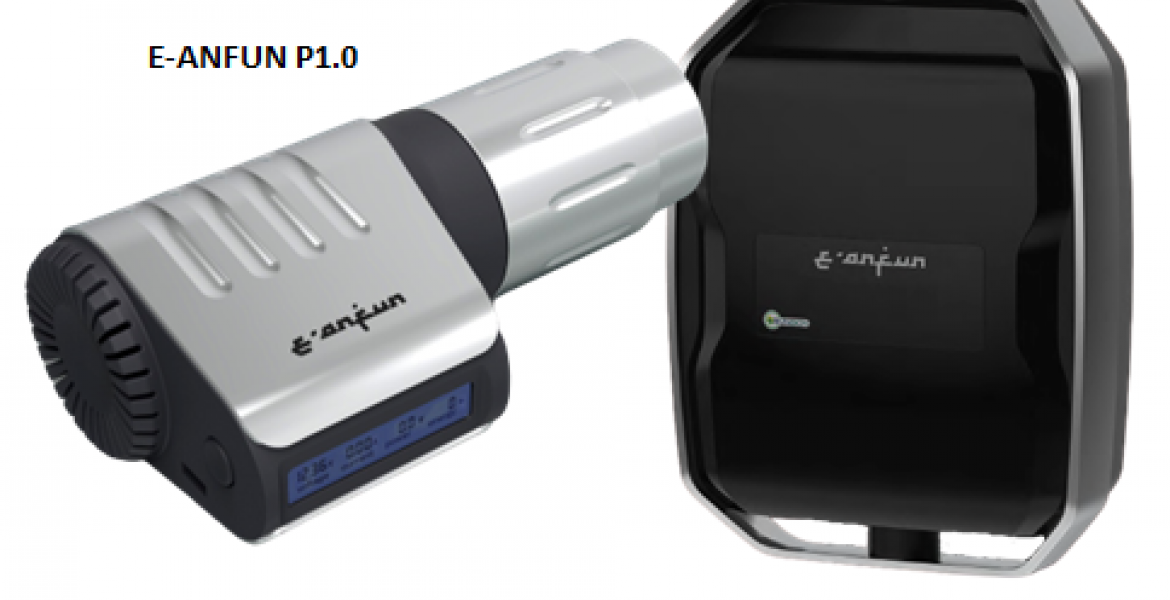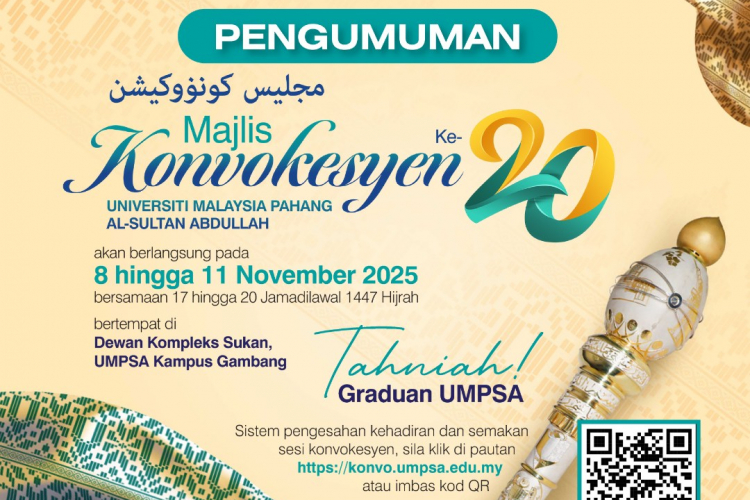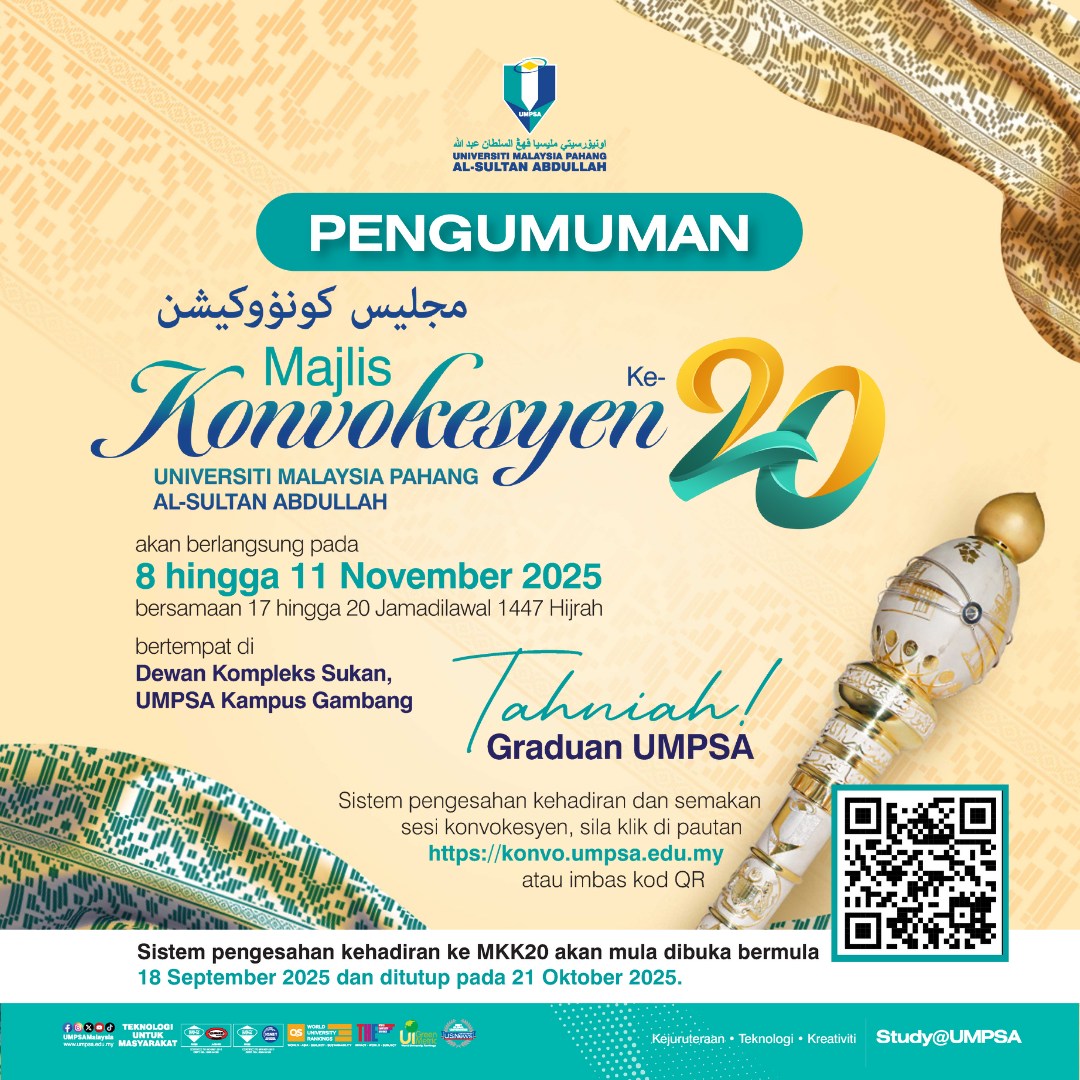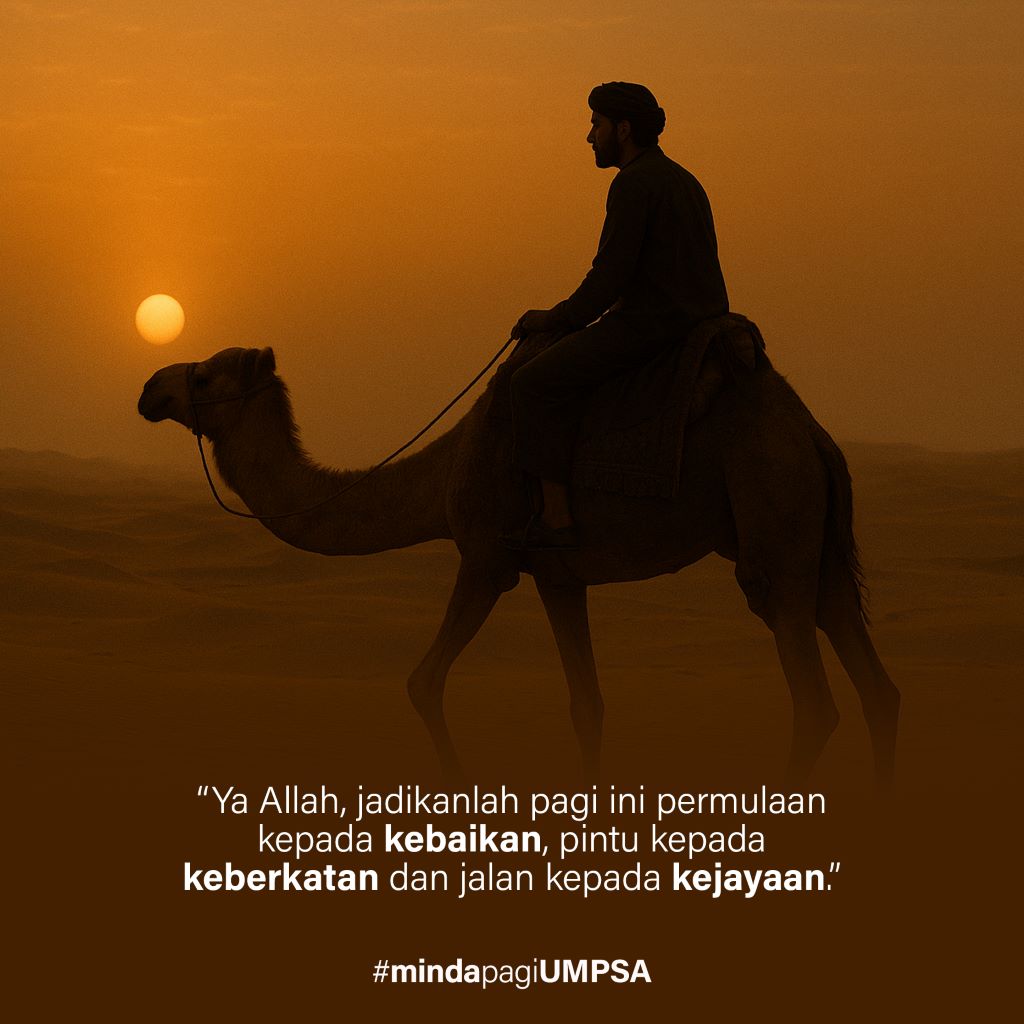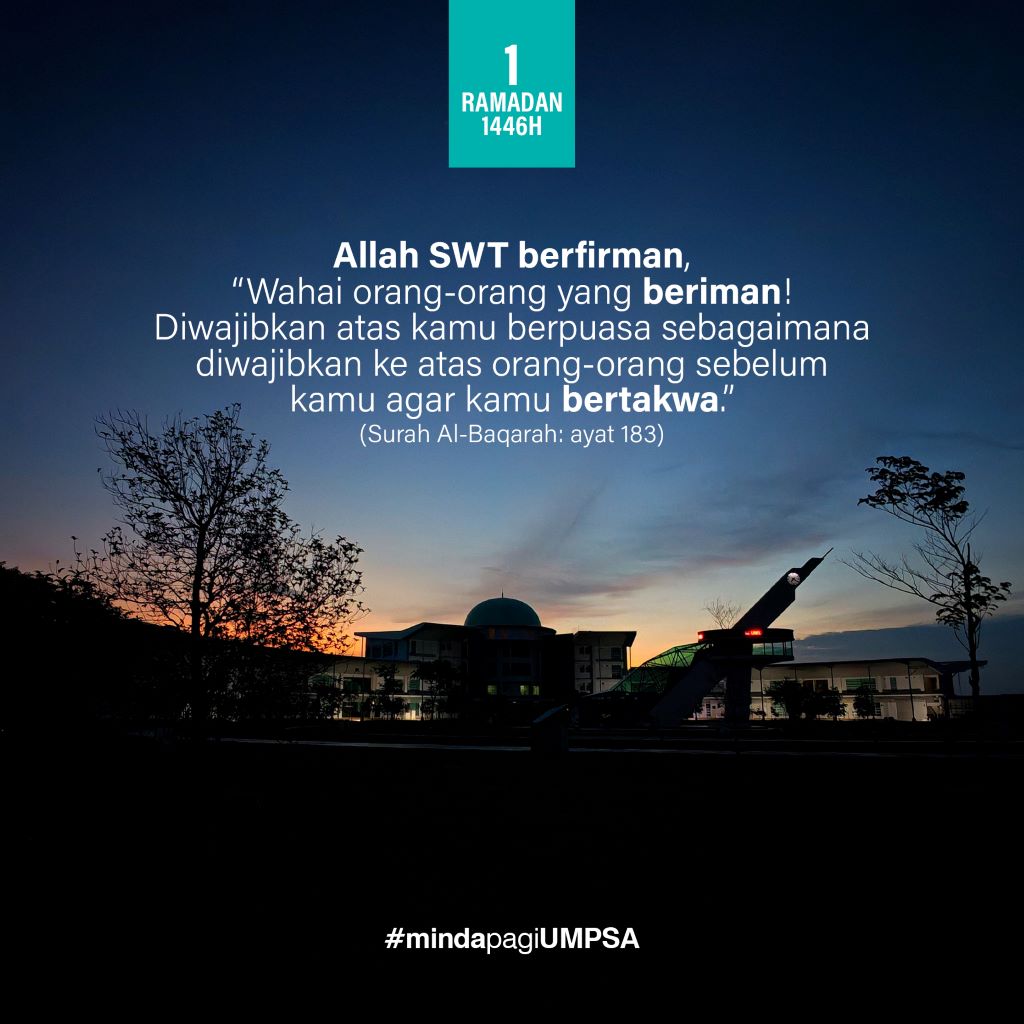Associate Professor Dr Muhammad Sharfi invents e-Anfun, odour detection electronic device
PEKAN, 26 August 2021 - The challenge of detecting odours manually by odour experts is not a new thing.
Realising that, a researcher and senior lecturer from the Faculty of Manufacturing and Mechatronics Engineering (FTKPM), Universiti Malaysia Pahang (UMP), Associate Professor Dr. Muhammad Sharfi Najib, 45, has invented an odour detection device known as e-Anfun or electronic nose.
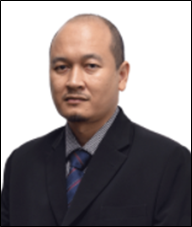
According to him, odour experts will be trained through specific but very subjective training in detecting odours.
“Odour detection has a wide range of applications such as agriculture, biotechnology, automotive, environment and various other fields,” he said.
This research was conducted with several experts in various fields at UMP, namely the Director of the Centre for Bioaromatic Research, Associate Professor Dr Saiful Nizam Tajuddin, lecturers at the Faculty of Electrical and Electronic Engineering Technology (FTKEE), Professor Ir. Ts. Dr Kamarul Hawari Ghazali and Mohd Falfazli Mat Jusof, and lecturer from the Faculty of Industrial Sciences and Technology (FSTI), Associate Professor Dr Abdul Aziz Mohd Azoddein.
According to Associate Professor Dr Muhammad Sharfi, the idea of this research sparked during his PhD study when he was looking for a solution to classify the very unique smell of agarwood.
“As we all know, agarwood is one of the natural products produced from wild or cultivated agarwood trees and has a very high demand, especially from the Middle East.
“Due to the very high value of agarwood, its value determination implemented in the market today is through the odour grade.
“It will be implemented by trained and experienced odour experts,” he said.
However, he said, identifying the odour grade of locally and globally commercialised agarwood is a challenge, especially the scientific testing that needs to be established to produce a standard.
“From there, the e-Anfun device is designed and manufactured to classify odours.
“After completing the research at the PhD level, I continued my research on the quality of water that produces the smell of ammonia.
“The latest devices consist of two models, namely the wall-mounted e-Anfun 1.0 (e-Anfun WM1.0) and portable e-Anfun 1.0 (e-Anfun P1.0),” he said.
He further explained that the devices have the same function and only differ in terms of the way the odour data is collected.
“e-Anfun WM1.0 needs to be placed in a specific building or location while e-Anfun P1.0 is mobile for detecting odours in various locations.
“For these two devices, there are three main parts that allow this device to operate, namely the odour trap unit, sensor unit and processing unit (microcontroller).
“This device can be used in two situations, the first is to record odour data, and in this case, the device does not require detection because the purpose is to analyse offline,” he said.
He added that the second situation is for detection, where the data that has been analysed by the device will be converted to odour profiles in digital form.
“The resulting odour profile will be classified by odour experts in a specific app and will be stored in the memory of the microcontroller.
“When the device is activated, it can detect odours that have similarities to the odour profile that has been stored in the microcontroller.
“Processing will be done using artificial intelligence case-based reasoning (AI-CBR) techniques,” he said.
He added that the detection results will be displayed on the LED display to provide information on the detected odour.
“The ultimate goal of developing this research is to translate UMP’s very significant philosophy, which is to appreciate knowledge.
“Knowledge is the trust of Allah SWT to human beings as vicegerents on earth for the benefit of humankind.
“The emphasis on applied knowledge and its appreciation based on noble values can foster human beings who contribute to the well-being and prosperity of the world,” he said.
According to him, in the field of innovation, especially in engineering, the knowledge gained is a trust from Allah SWT and this knowledge must be utilised well. Knowledge exposure to consumers is also a must, especially to solve industry and community problems in a strategic and structured manner.
“For example, there are some odour detection problems in the field of water pollution.
“When there is an innovation of locally produced devices that can save costs and time, universities not only have the opportunity to impart knowledge in lectures, conferences or through the publication of articles and books but together share problems on-site to validate theories taught at the university through a more practical platform, creating a synergistic ecosystem between the university and the community.
“Ultimately, whatever technology or innovation produced, it is one of the platforms and opportunities to bring humans closer to the Creator,” he said.
The research began in 2010 and was fully completed for marketing in December 2020. The e-Anfun devices are sold at RM32,000 with additional costs based on applications and projects.
He hoped that the e-Anfun device will further expand its functions and roles in the field of innovation in the future.
Through funds provided by UMP and government agencies, the copyright of this product has been licensed to Synbion Sdn. Bhd., one of the spin-off companies, to improve the design to be more attractive and advertise at various exhibitions at the local and international levels for marketing purposes.
Various agencies were involved in this research, including the UMP Research and Innovation Department, UMP Industry Innovation, Research and Innovation Department, UMP Commercialisation, Research and Innovation Department, UMP Holdings, UMPT Sdn. Bhd., SME Corporation Malaysia, MOSTI and the Ministry of Higher Education (MOHE).
This research won a silver medal in the Malaysia Technology Expo (MTE) 2015 and a gold medal in the Creation, Innovation, Technology & Research Exposition (CITREx) 2019.
This device managed to bag a gold medal in the online Malaysia Technology Expo (MTE) 2021 on 22 to 26 March 2021.
His plan in the future is to increase the number of postgraduate students to explore new theories and research technicians to enhance the capabilities of this product in terms of effectiveness and application flexibility.
“For the detection of odours to become a reality, it needs to be included as one of the policies either at the state or federal level,” he said.
By: Nur Hartini Mohd Hatta, UMP Press
Translation by: Dr. Rozaimi Abu Samah, Engineering College/Faculty of Chemical and Process Engineering Technology
- 305 views


